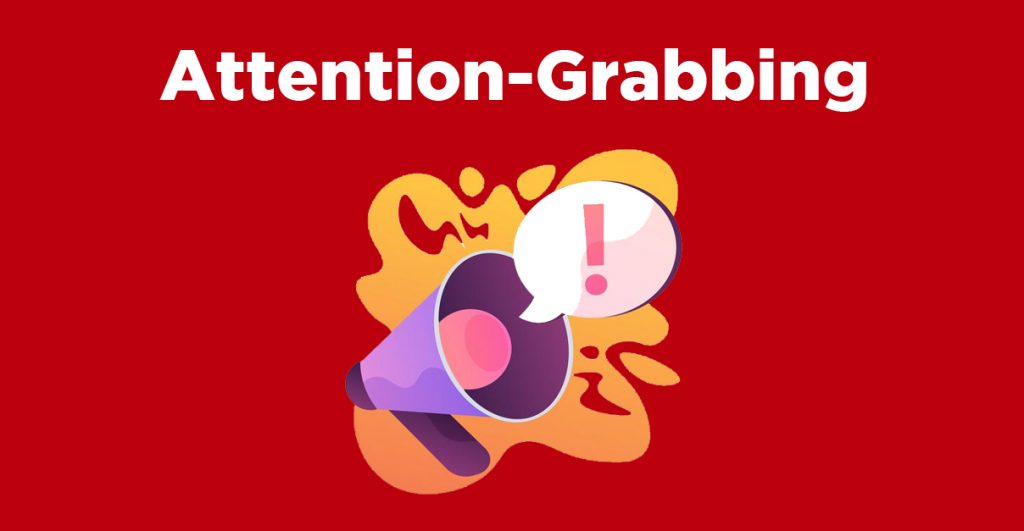Video for Education: The Way Of The Future
Video learning isn’t something that’s entirely new. Teachers have been using video learning for a while now, and why not? It’s an effective substitute, and students can always learn more about the process than regular teaching methods. But now that we’re in the middle of a global pandemic, video learning is now more in demand than ever. There are now more videos than ever that can be used to teach your students. But how does video for education help you? And how can this aid both you and your students in making learning a little bit better?
1. ) Attention-grabbing
Today’s students are more visually stimulated as compared to what they were more than a decade ago. What does this mean? All it means is that students learn more when you show them something as compared to just explaining it to them. That in itself isn’t necessarily a bad thing; all that means is that students nowadays have a broader sense of imagination. Videos for education provide students with the visual stimulation they need, and it would leave a memory imprint in a student’s mind.

Think of it this way; there are always students who learn at a different pace than others. Some learn faster, and some learn objectively slower. But, using videos for education gives them an equal opportunity to catch up with other students.
2. ) Digital Literacy For Days
Now that we’re in the 21st century, digital literacy is now more in demand than it ever was. Everyone should have at least some form of digital literacy to make them more competent in the real world. Video learning promotes this as students adapt to technology and all of its little idiosyncrasies.
Digitally literate students are much more confident when finding jobs and doing their tasks. Their skills allow them to be able to be both efficient and proficient when it comes to their future careers as well.
3. ) Goldfish Learning
I used the classic fact that Goldfishes have a concise memory span loosely.
No two students are entirely the same, which means that it’s almost inevitable that some students have a shorter attention span compared to others. Video learning can aid them in this sense. Depending on the age of the student, their attention span ranges from 7-15 minutes. This means that you could easily divide your video to facilitate the effective use of video learning. Stopping the video every once in a while and conducting a question-and-answer session about the video would make it a lot more efficient compared to just teaching them the traditional way.
4. ) Facilitating Role
When teachers use videos for educational purposes, they take on a facilitator’s role compared to personally teaching them. Though videos cannot fully substitute a teacher, they could also teach them how to approach their students the next time they teach personally.
When teachers use video learning, they let the students learn at their own pace. This would aid both the students and the teachers in the process. The students would learn passively, and the teachers can grasp what their students are like when observing them.
The advent of the 21st century has shown us the way of the future is indeed through the internet. Using videos for educational means is now the new thing that everyone uses to keep learning fresh and new. As time goes on, there are always new and innovative ways of learning. We should still embrace the future and accept whatever it brings us.

Video presentation is also a helpful tool of education with the technology this generation is enjoying today. Learn how to leverage video classes in Distance Learning today. There are more reasons why you must use a video presentation for education purposes.